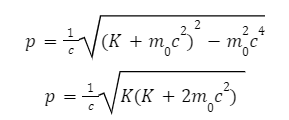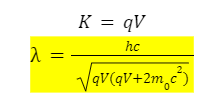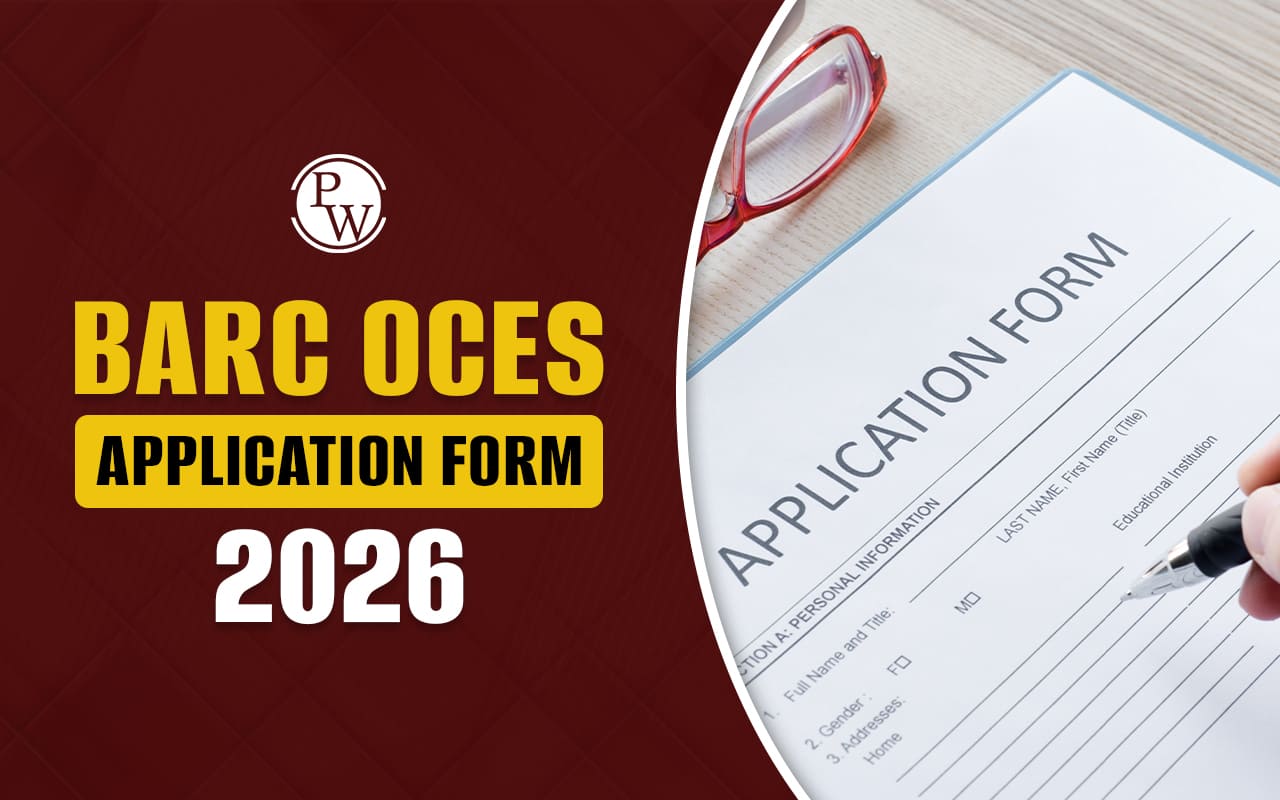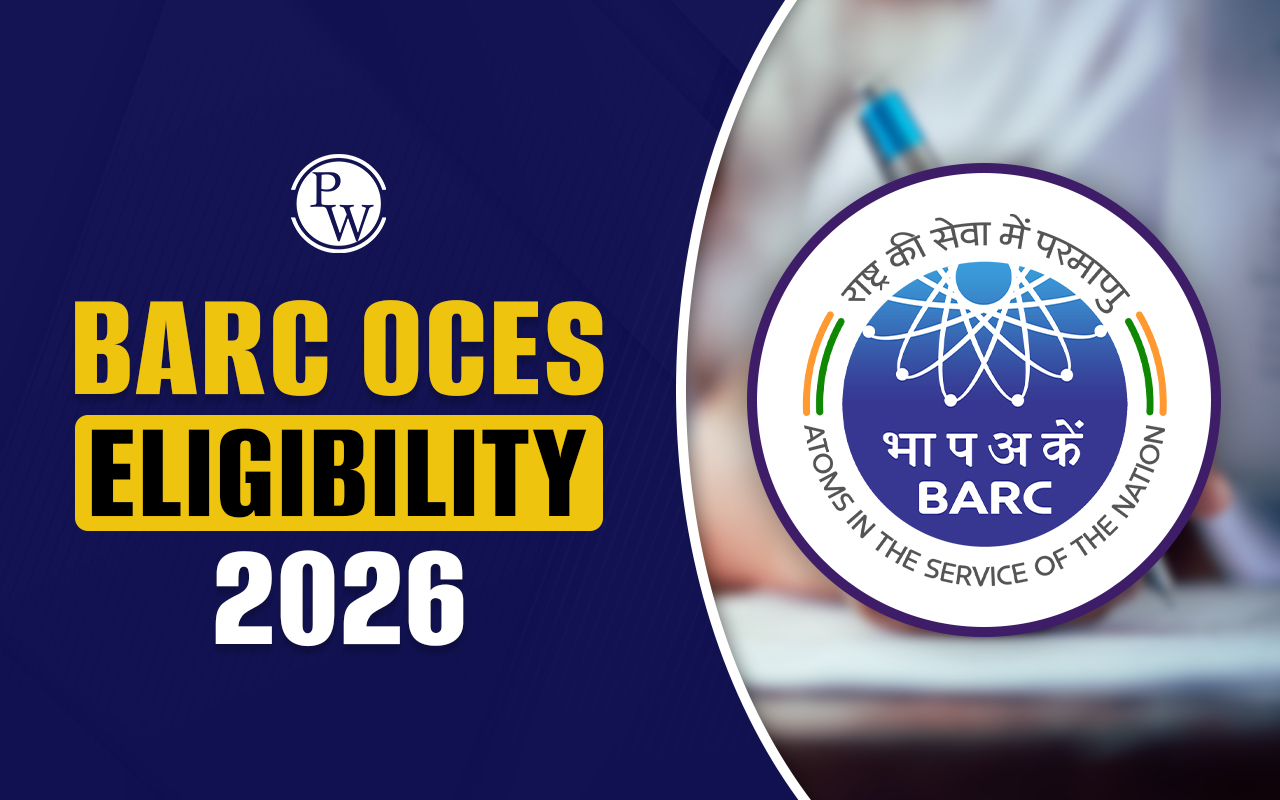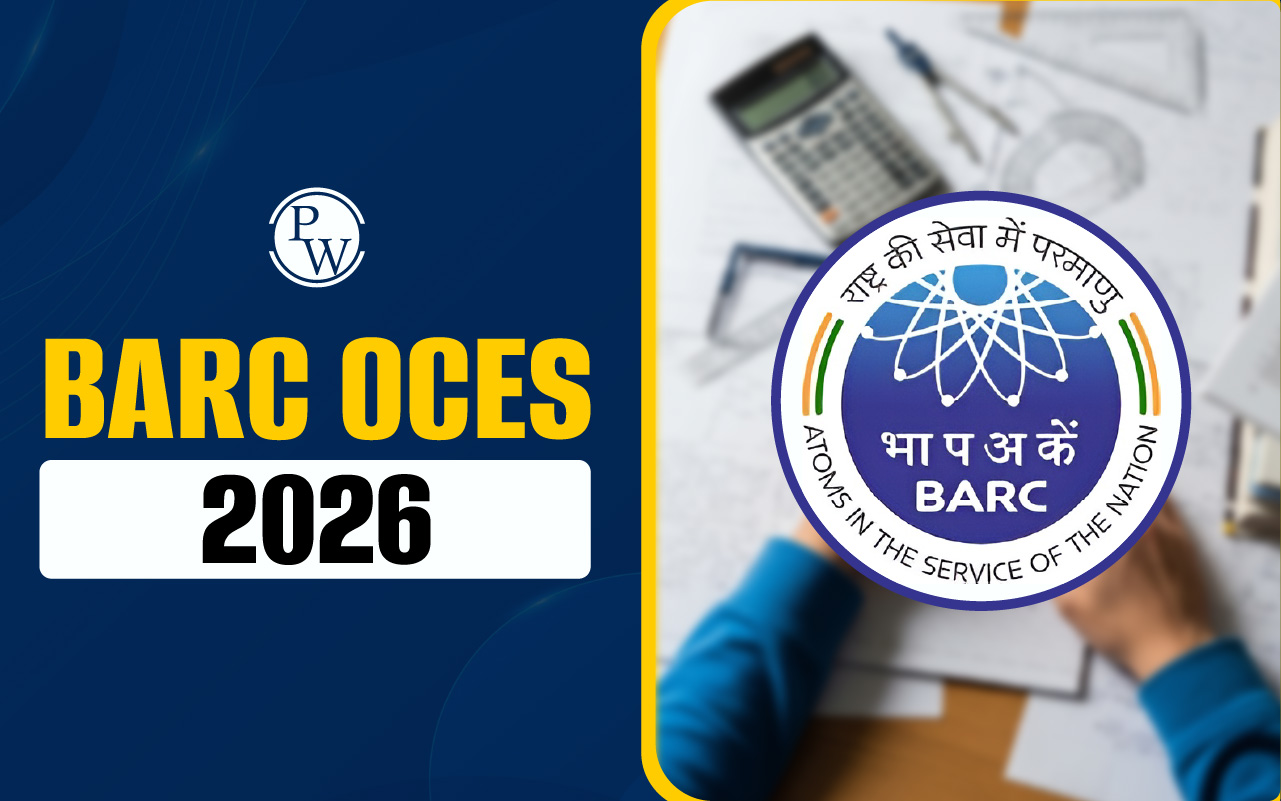
After the work of Planck, Einstein and Compton it was established that radiation has dual nature. It acts like a wave in some situations and as a particle in some other situations.
In 1924, Louis de Broglie extended this wave particle duality to material particles. Nature has two entities - matter and radiation. If radiation has particle-like properties then material particles (electron, proton, neutron etc.) should possess wave-like properties. A photon of frequency has energy,E=hν
and momentum,p = E/c = h ν/ c
In terms of wavelength this can be written as,p = h/λ
where λ= c/ ν De Broglie proposed that this relation applies to both material particles as well as photons. He postulated that with every material particle a wave is associated, having wavelengthλ = h/p
For a particle of mass m, moving with a speed v, wavelength will beλ = h/mv
This is called de Broglie’s Hypothesis and is called de Broglie wavelength, the associated wave is called matter wave or de Broglie wave.
By the Bohr postulate for stationary orbits, de Broglie tried to explain the stationary orbit by fitting a standing wave around the circumference of an orbit. If is the wavelength associated with nth orbit and r is the radius, then2 π r = n λ → 1
Bohr postulate is,mvr = nh/2 π→ 2
Putting the value of r from equation 2 in equation 1n λ = 2 π (nh/2 π mv)
On solving we get,λ = h/mv
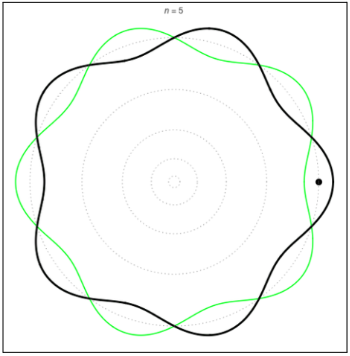
De Broglie wave for n=5 Bohr orbit
We may write,p = h/ λ = ħk
where, k = 2 π/ λE = ħω
p = ħk
Basic relations of Quantum theory
Expression for De Broglie Wavelength:
For Nonrelativistic case:
- In terms of Kinetic Energy:
- In terms of Accelerating potential:
For Relativistic case:
- In terms of Kinetic Energy:
- In terms of Accelerating Potential:






